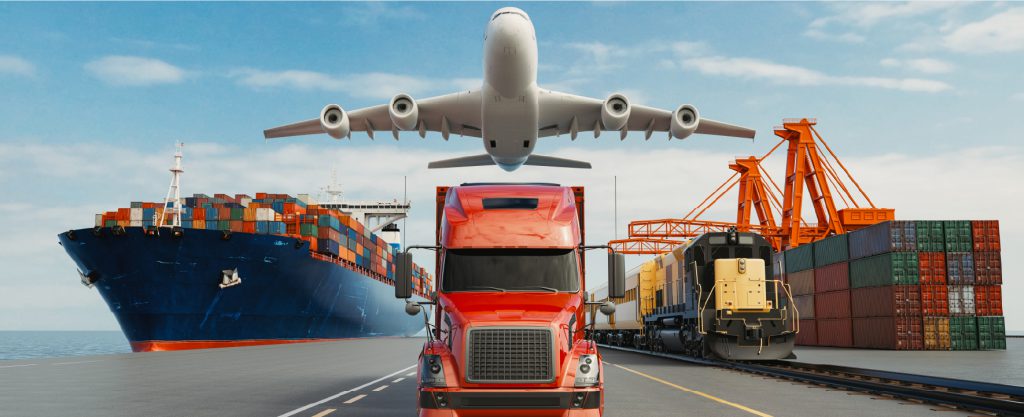Your Best Global Freight Forwarder
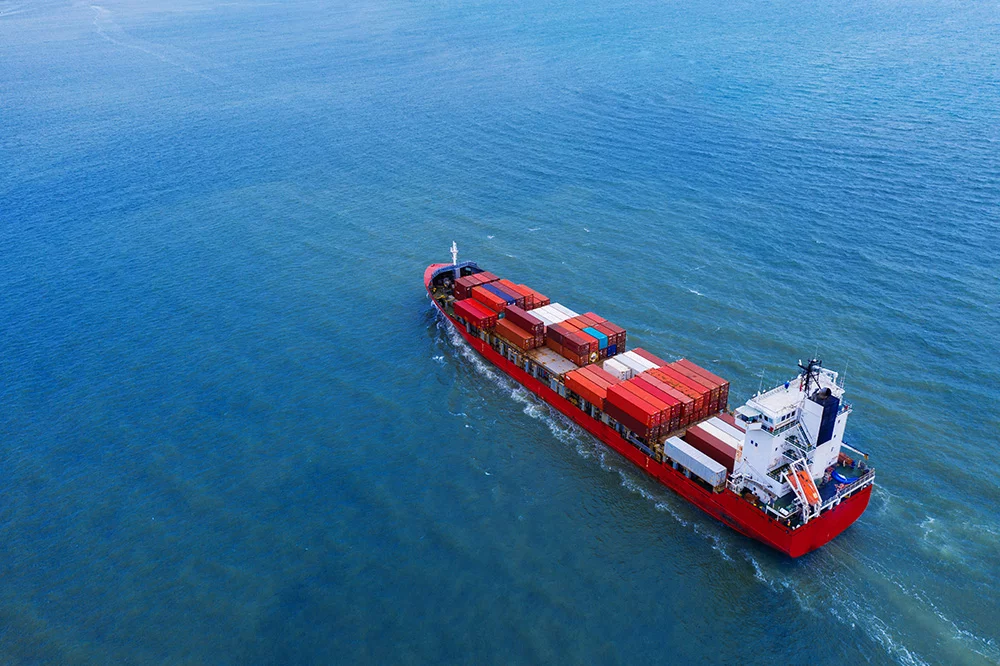
Your Best Global Freight Forwarder

Shipping goods from China by sea is a vital part of global trade. It's a dependable and affordable way to move items across the ocean. Let's break down this process, focusing on container types, their sizes, main ports in China, how freight services work, paperwork needed, costs, and how to track your shipment. We'll also look at what might change for shipping from China.
When you have many items, using a Full Container Load (FCL) can save money and time and make your goods safer. If you have fewer items, a Less than Container Load (LCL) lets you share space with others, which might be cheaper but could take longer. There are different containers for different needs: dry containers for most goods, reefer containers for fresh items, open-top and flat rack containers for oversized or odd-shaped items, tank containers for liquids, and high cube containers for extra volume. Roll-on/Roll-off (RORO) shipping is great for vehicles or things with wheels. There are also vessels for mixed or bulk goods. Picking the right type depends on what you're shipping, the cost, and when you need it delivered.
For example, if you're shipping a large order of furniture from China, a 40-foot High Cube container might be best. It has extra height for tall items like wardrobes. Make sure the total weight is under 26,500 kg.
Suppose you're bringing in a small batch of electronic gadgets from China. The amount is too little to fill a whole container. In this case, Less than Container Load (LCL) shipping is a good choice. With LCL, your gadgets share space in a container with other items. This way, you save money. It's significant for small to medium businesses that need to keep stock but don't want to spend much on shipping.
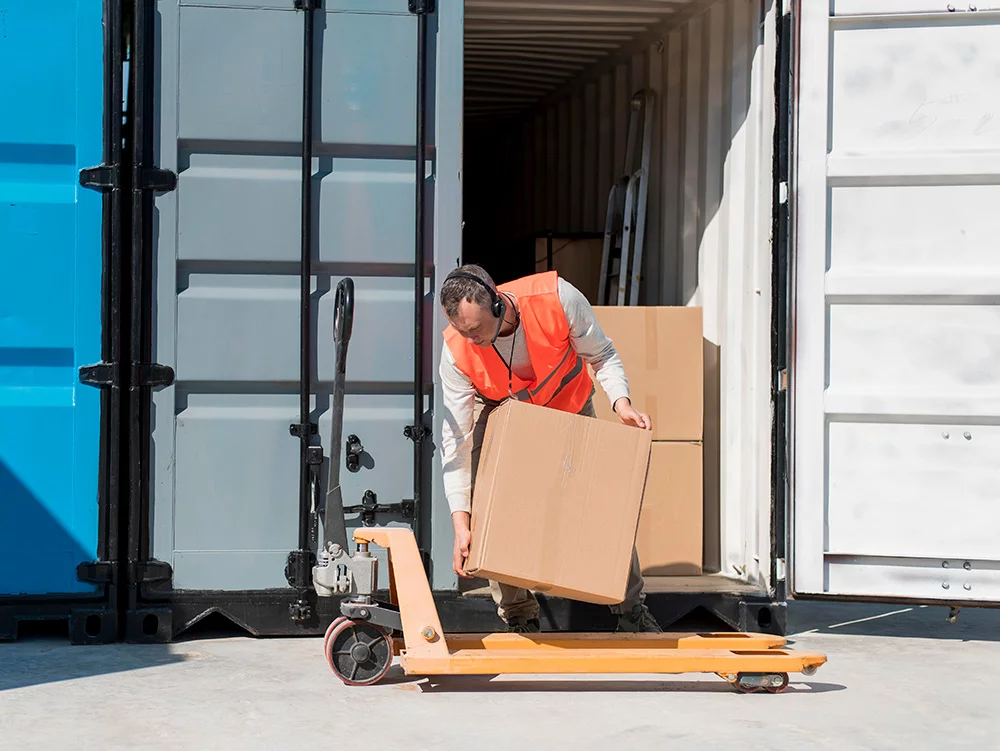
LCL (Less than Container Load):
FCL (Full Container Load):
Picking the correct container size is crucial. The 20-foot container is suitable for smaller shipments, holding up to 21,640 kg. The 40-foot one can carry more, up to 26,500 kg. A 40-foot High Cube gives you extra height if your items are tall. Need to load from the top? The Open Top Containers are perfect. For heavy or oversized items, Flat Rack Containers are the best choice. Reefer Containers keep perishable goods fresh. For liquids, tank containers are ideal. Matching your cargo's size and weight with the correct container is essential to ensure it arrives safely.
By understanding these basics, you can navigate the world of sea freight from China more effectively, ensuring your goods arrive safely, on time, and within budget.
China is home to some of the most important seaports in the world. Shanghai, for example, is the busiest port for cargo. The Shanghai International Port Group runs it and plays a crucial role in worldwide trade. Right behind it is Shenzhen, which connects to over 300 places worldwide with its container ships, making it a significant player in global business. Then there's Ningbo-Zhoushan, Hong Kong, Guangzhou, Qingdao, and Tianjin. Each port has unique features, like handling large ships or serving as a crucial entry point for different parts of China.
These ports are where many important shipping routes start. They stretch across oceans and continents. For example, the Transpacific Eastbound Route is essential for trade with North America. The Europe Far East Route connects China with major trading centers in Europe. There are also routes to the west coast of America, Australia, the Middle East, and Southeast Asia. These routes are crucial for trade far and wide. Even routes go through the Panama Canal to reach the Atlantic, showing China's significant role in global maritime trade.
Using these routes wisely is vital to ensure trade goes smoothly. This depends on how long the journey takes, your chosen shipping company, and the time of year. These ports and routes are like pillars holding up the world of international trade, showing just how important China is in the world of shipping and goods movement.
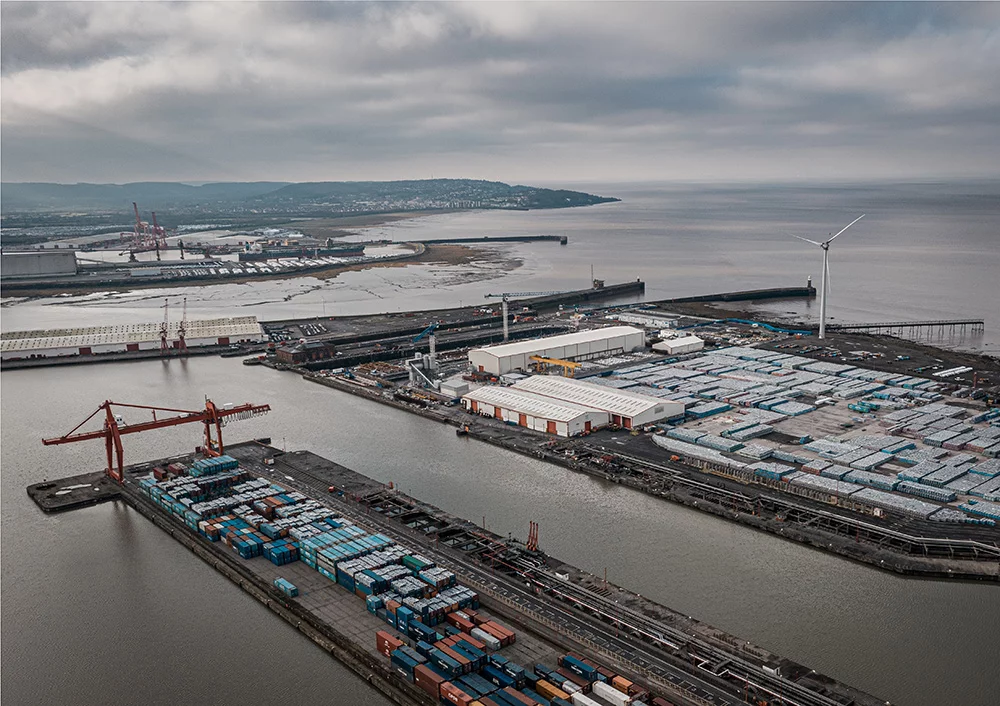
Looking to navigate the complexities of China's major seaports? Want to ensure your goods get to their destination economically and efficiently? Tap into the network of the busiest cargo seaports in the world with MILE-Logistics. Our extensive services in sea freight, air freight, International express, and more can help you optimize your shipping routes for smooth trade operations.
Freight forwarders are like the connectors between those who make goods and the complex world of international transport. When you work with a freight forwarder, you're trusting them to take care of every part of your goods' journey. They handle all the paperwork, ensure you get reasonable shipping prices, and arrange for your goods to be delivered to your doorstep. They know all the ins and outs of international shipping, making the process much easier.
Then, there are the shipping lines, the companies that move goods across the sea. They are essential to keeping global trade going, using advanced tech to ensure everything is safe and fast. They also work hard to be kind to the environment and follow all the sea rules. Together, freight forwarders and shipping lines ensure your goods travel safely from China to anywhere in the world, looking after them every step of the way.
Dealing with all the paperwork and getting through customs is key to a smooth shipping experience from China. You need several important papers like the Bill of Lading, basically the ticket for your shipment, the Commercial Invoice that lists what you're shipping and how much it costs, and the Packing List that tells exactly what's in each package. Then there's the Certificate of Origin, which proves where your goods came from, and forms for declaring your goods for import or export. Sometimes, you might also need an Insurance Policy to cover your shipment.
Getting your goods through customs is also a big deal. It means paying taxes and ensuring everything follows local laws and meets safety standards. You'll fill out a customs declaration form with all the details about your shipment. This part can be tricky, but hiring a customs agent can make it much smoother, even though it'll cost you a bit extra.
Getting these steps right means your shipment is legal, efficient, and timely. Knowing how to handle these shipping parts can make you more confident in international trade, ensuring your goods get anywhere without any problems.

Figuring out the costs for shipping containers from China means looking at various factors and how they're priced. The freight rate can go up or down depending on how many people want to ship goods. Then, there are extra charges like the Bunker Adjustment Factor (BAF) for changes in fuel prices and the Currency Adjustment Factor (CAF) for changes in money values. Terminal Handling Charges (THC) cover the cost of moving your containers around the port. If your goods need special handling or packaging at the Container Freight Station (CFS), that'll add to the cost, too, just like the fee for the Bill of Lading.
Some charges come up at certain times, like the Peak Season Surcharge (PSS) when many people are shipping goods or extra fees if the ports are busy. Remember about insurance to protect your goods while they're moving and the costs for getting through customs, including duties and fines if something needs to be corrected.
When it comes to how you're charged, you can fill a whole container (Full Container Load, or FCL), which is cheaper per unit than if you only fill part of a container (Less than Container Load, or LCL) and share the space with others. Spot rates are for one-time shipments based on what's available, while contract rates lock in your prices for longer. Sometimes, carriers raise their prices with a General Rate Increase (GRI) to cover costs or adjust for the market. All these pieces affect how much you'll pay for shipping from China, so knowing about them is important to manage your costs better.
Tracking shipments from China in real-time is crucial in today's fast-moving world of sea freight. Thanks to GPS and advanced tech, we can now watch our containers move in real-time, knowing exactly where and how they're doing. This tech, including the Internet of Things (IoT) and blockchain, makes everything more clear and secure. IoT gadgets keep an eye on conditions inside the containers, while blockchain keeps track of every transaction smoothly.
Shipping companies have their tracking systems, too. By entering a container's number, you can find where and when it will arrive. Tools like RFID tags and barcodes make it easy to spot each container, and systems for exchanging tracking info quickly and electronically are also in place. Companies that manage logistics offer even more detailed tracking and instant updates.
Sure, there are some hurdles, like incorrect data and the risk of cyber attacks, but the outlook is bright. New techs like artificial intelligence and cloud storage are making tracking even better, giving us all more confidence in shipping from China.
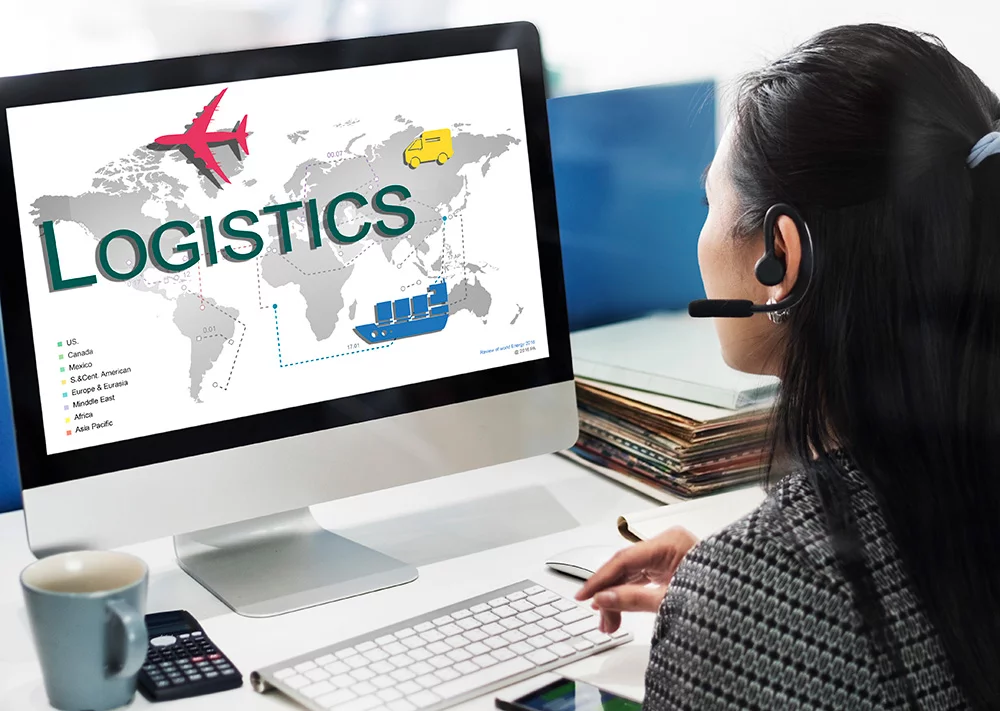
The future of shipping goods in containers from China looks promising, with lots of growth expected thanks to new tech, a focus on the environment, and big trade plans. The field is likely to grow more than 4% each year until 2026, thanks to better ships that use less fuel and new tech like blockchain that makes logistics smoother.
There's also a big push for eco-friendly shipping to reduce pollution, aiming to reduce harmful emissions by half over the next 30 years. China's Belt and Road Initiative is also making it easier to move goods by sea, reaching more places than ever.
Even though there are some challenges, like trade issues with the US and the aftereffects of global health crises, China's commitment to building better shipping infrastructure and the boom in online shopping look promising. However, the industry must stay alert to changes, like factories moving to new locations, and keep up with new rules and regulations. Looking ahead, the world of sea freight from China is gearing up for a more efficient, green, and globally connected future.
